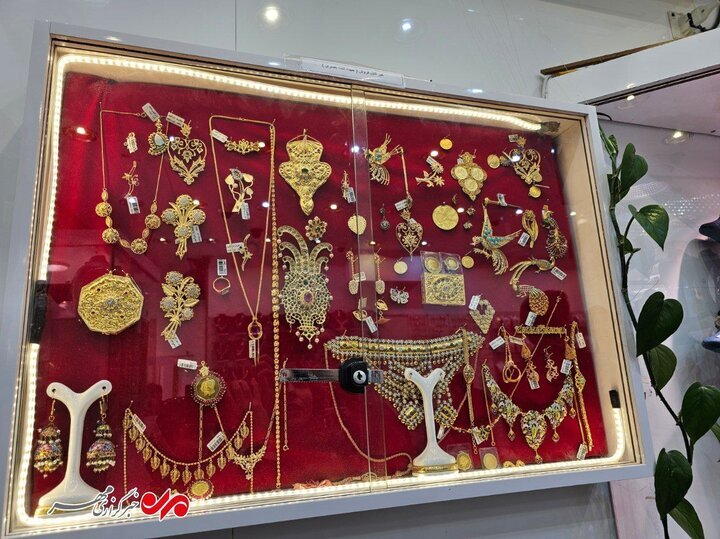Tehran – Yazd authorities will introduce tourist trails dedicated to the city’s old traditions, registered as the world’s urban handicraft by the World Craft Council, dedicated to the handmade gems of the city.
Such itineraries are believed to include the city’s Goldsmith Market and the specialized museum in Yazd.
Additionally, two urban galleries have been launched in cooperation with Yazd Municipality, Mehr’s news agency reported.
The special weather conditions of Yazd, the economic justification of low water activities, hard work, taste, Art Yazdhi people have driven many into jewelry art.
Zargari’s history in the historic city of Yazd, or the art of gemmaking, dates back about 2,000 years, as supported by credible evidence. This ancient craft has been handed down for generations, maintaining a unique and complex technique that makes it almost impossible to replicate Yazdi gems. Several exquisite works date back 500 years ago have been discovered only at Yazd.
Yazd’s traditional gemstones are divided into five different types based on their use: head and hair decoration, ear decoration, neck decoration, hand and foot decoration, clothing decoration.
The jewellery design made with Yazd is inspired by nature, flowers, birds, fish, pomegranate, geometry and abstract patterns.
The production of traditional ornaments in the region uses a variety of methods, including carving, sawing, filing, molds, hammers, casting, tapestry and embroidery, enamelization, and gem setting.
Today, Yazdi Goldsmiths creates, ornaments, and maintains the legacy of masters of the past in a completely traditional way. Despite the low wages to create these works, most of the creation and decoration stages in this art are done by hand.
Jewelry Making Workshops use new technologies such as computer-aided design and 3D printing. Additionally, the combination of traditional design and modern style makes Yazed jewelry products stand out in both domestic and foreign markets.
KD

